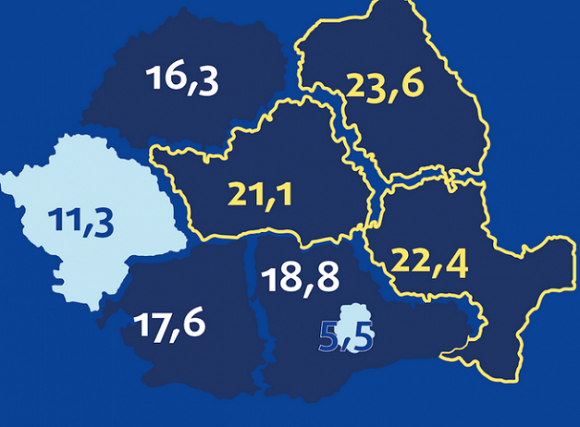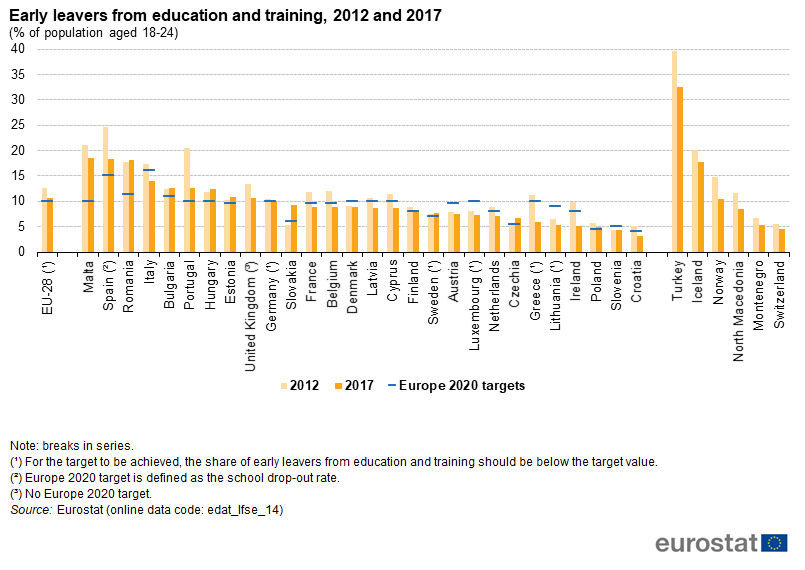In the past 15 years the number of students in Romania decreased from 4,3 million to 2,8 million – said Ecaterina Andronescu, Ministry of Education on Wednesday at the general meeting of Romanian county capitals. According to Eurostat, the rate of early school leavers from education in 2017 stood at 18.1% of the school population, being the third highest in EU.
Andronescu believes this lost of 1,5 million school-going student is one of “Romania’s biggest drama”. The minister declared that the school drop-out rate is high due the fact that a lot of students who signed in a Romanian school left the country and moved abroad with their parents.
Earlier this year, in January Monitorul Social published a study on the issue. According to the study the main reason behind the high rate of drop-out is the insufficient financial and intellectual family background and the early employment.

According to Monitorul Social the rate of school drop-outs is the highest in the north-east (23.6%) and south-east (22.4%) regions of the country, followed by the center region (21.1%), south (18.8%), south-west (17.6%), north-west (16.3%) and west (11,1%). The smallest rates were measured in Bukarest/Bucharest, in the capital of Romania, where only 5.5% of the students left school. The study also points out that the rate of drop-outs is significantly higher in the countryside than in urban areas: in 2017 the national school drop-out rate on countryside was 27.1%, but in cities with more than 50,000 this rate was only 4.5%.
The share of early leavers from education in 2017 stood at 18.1% of the school population, according to Eurostat. This is the third highest share in the European Union, after the 18.6% registered in Malta, and the 18,3% in Spain.

According to the study published by Monitorul Social the children who leave school are underprivileged, living in poverty, and the appropriate intellectual and financial background was not secured by their families. Often children leave school early to get a job, because their family does not reach the subsistence minimum, often one or both parents are unemployed. This Romanian issue is monitorized by several institutions, such as the European Commission.

To solve the problem, in the last couple of years the underprivileged children received more attention from the national social network , for example the grant for these children was increased.
Monitorul Social also points out that between 2014 and 2017 18.1% of the 18-24 years old students were not enrolled in the academic education. The rate of college graduates in Romania is 26.3%, in comparison, the average college graduate rate in the EU is almost 40%.